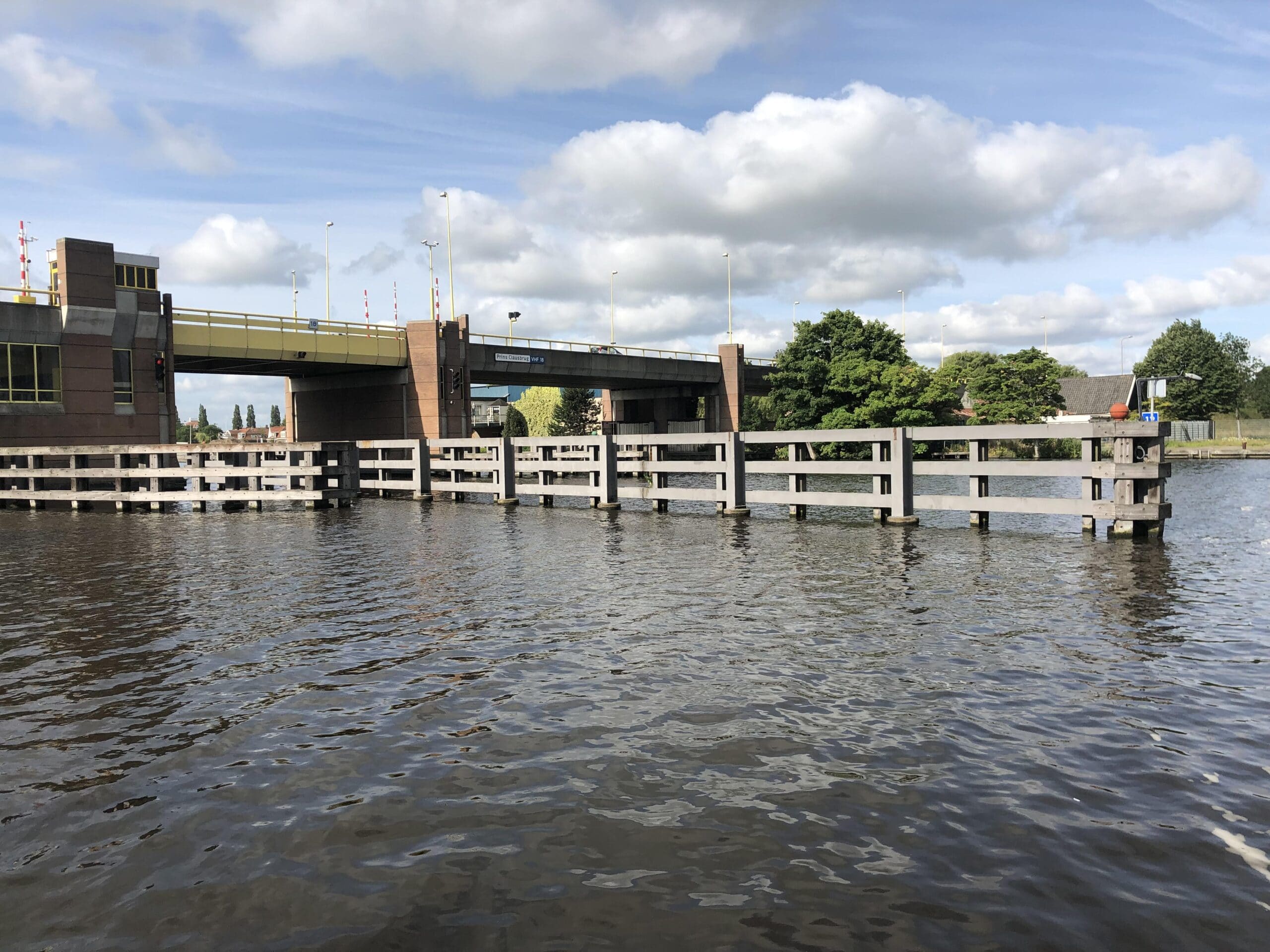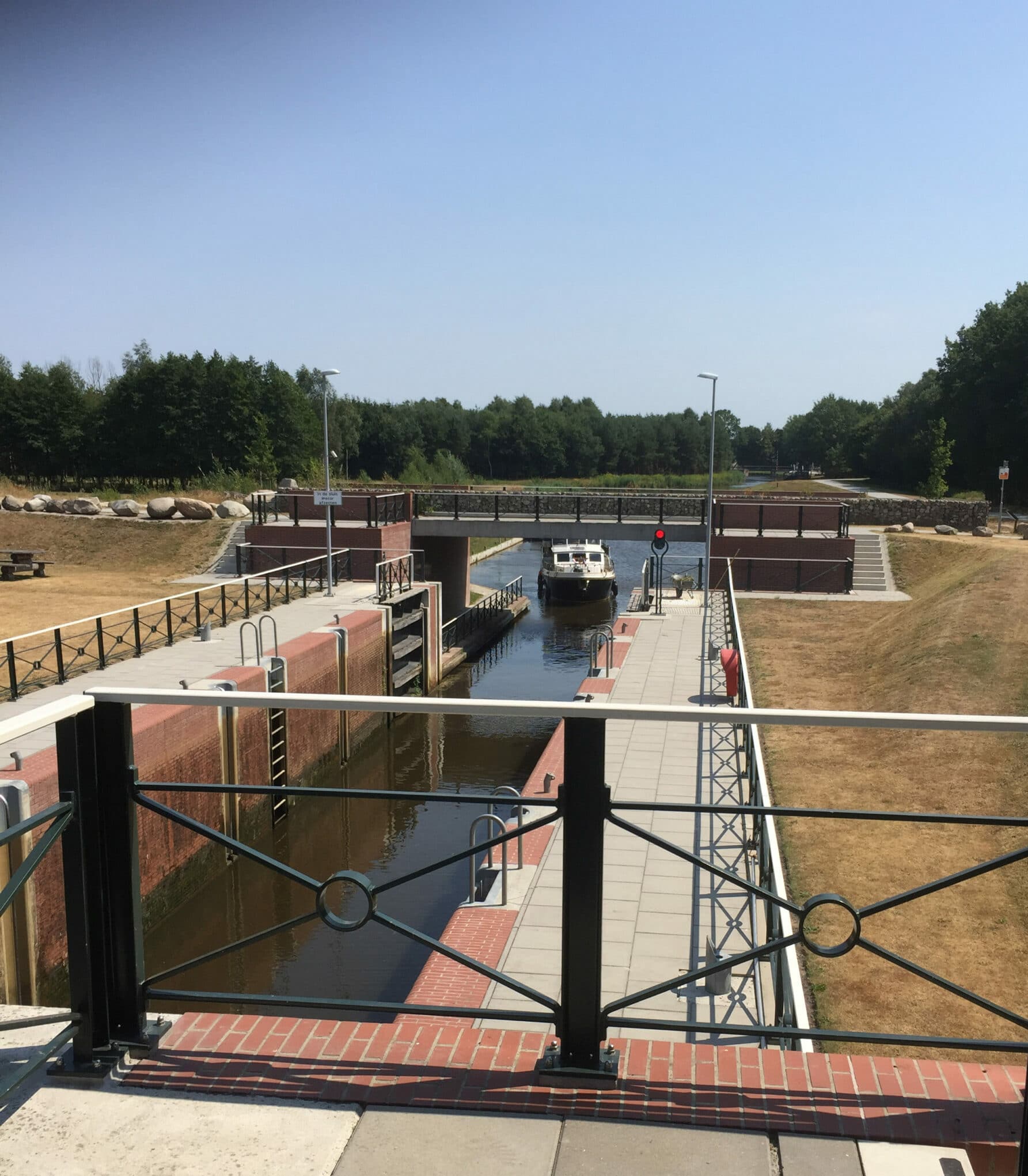Nautical
The Netherlands has more than 1,500 moveable bridges and almost 2,000 locks. Far-reaching automation, ongoing renovations and the increasing intensity of transport are creating ever greater challenges to keep all of them safe, user-friendly, and sustainably productive. How do you monitor safety when efficiency is the new norm?
Intergo is familiar with the large variety of people involved and understands the bottlenecks. We understand how to use smart design to ensure that vehicle drivers, vessel crews, passengers, infrastructure operators and regulators are all on the same page. We take various requirements into account, understand how design encourages desirable behaviour and develop environments that pave the way for user-friendly solutions.
We also maintain close collaboration with policy makers, management, engineers, and operational staff. The result is an optimised integral nautical design. Safety, effectiveness, and user-friendliness are always important principles in this regard, making it possible to continue productive use of such designs for years to come.
Talk to our consultant

Kirsten Schreibers
+31 (0)6 1862 3585 • [email protected]
LinkedIn

Jouke Rypkema
+31 (0)6 2720 5749 • [email protected]
LinkedIn

Advice, design, and research
Our committed and experienced experts research, advise, and design. Human factors play an important role, allowing us to guarantee safety and efficiency in practice. We have an understanding of human nature and behaviour, as well as their impact on the various levels of the organisation. We take this into account in our applied research, recommendations, and designs for the maritime industry.
Understanding risks and incidents
Wondering about the work that we carry out at Intergo? We conduct integral risk analyses focusing on operators, waterway users, and road users. In addition, we investigate the cause or common thread underlying incidents and accidents. We are BowTie and Tripod Beta certified for this purpose.
We evaluate, design, and implement optimised interactions between human and machine. Examples include onboard decision support systems such as collision warning systems and detection technology in camera and bridge control systems.
We also design work environments for wheelhouses, crane cabins and control rooms. Particular attention is paid to everything that helps to improve alertness and concentration. At the same time, we work to achieve effective scheduling and staffing of operating centres and control rooms, ensuring that employees are fit and have time to resolve incidents and malfunctions.
Finally, we train employees and provide instructions for continued optimum performance in all the situations mentioned above. In this way, we contribute to a sustainably productive work environment that is also safe and user-friendly.
